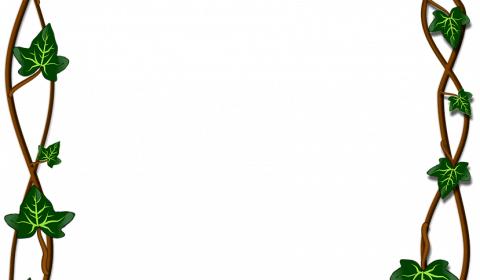 By Holly B.F. Warren (Atelierista and creator of the Think Tank)
By Holly B.F. Warren (Atelierista and creator of the Think Tank)
What are the boundaries of our imagination?
Is it how far we can stretch it? Is it an area, a territory, an expanse or a dot in search of other dots to join with? Is it a line that moves and fluctuates? A block, a maze or a meander? Is there an entrance and an exit? Has it got rest stations and dark, dingy corners or niches of light and reflection?
Could we design the outline of the boundaries of our imagination? If so, what would it look like?
Our brains are constantly juggling and assembling electrical impulses that fire and communicate across different parts of the brain. Amidst this chaos, it is imagination that allows these whirring, travelling impulses to arrange and rearrange data received from the outside in new, exciting ways (Vyshedskiy, 2016).
Our brains are a myriad of signals, traversing from different parts and coming together all at the same time. It is a composition, a symphony of signals. Think of dancers coming together and performing where they move nimbly and gracefully on a stage which projects images of the product of their coming together. We can name it as immersive art, sensorial rendering and a multimedia, multi perspective performance that celebrates unique visions and proposal. The audience is captivated, in awe, possibly shocked and probably inspired to ask questions and make assumptions as thoughts start firing new pathways.
Who or what sets the boundaries of imagination?
Considering that we are constantly exposed to information and immersed in a fastmoving world, the chances that we are actively and passively receiving input from our environment are remarkably high. According to Bernard Marr (2018) there are 2.5 quintillion bytes of data created every day. And we are at the centre of all this. Our senses capture this information in different ways and at different speeds. Our attention focuses on some aspects rather than others, but we, nevertheless, absorb and wire it all in our brain.
 Warren, H. 2020. The Boundary of Imagination
Warren, H. 2020. The Boundary of Imagination
So, considering the ability of our brain to connect, associate, assemble and create, our imagination has the potential to be constantly fuelled. Of course, we are also selective and our power to assimilate and store is mighty, but not infinite.
Is this the boundary of our imagination? Or is it rooted in the foundations of our early development in childhood, where our brain created the routes and pathways that we would travel on later? This is the time when our imagination is practiced and strengthened through spontaneous and guided learning on a constant basis. It is allowed, celebrated and let run free. Loose strings of imaginative journeys are set in motion. Mind wandering, daydreaming and playful activities envelop our lives.
Here we could be drawing the outline of our imagination. And then? Do we start filling it? Do we trace over it? Do we change the shape and texture, do we anesthetize it do we forget about it, do we stamp on it and crush it do we keep nurturing it, do we put it on a plinth like our childhood and encase it? Is it placed in the museum of forgotten memories or stuck in our life journals?
Can you draw the boundaries, shape, pattern and texture of your imagination?
Here are some frames, lines, and settings to use as starting points to map out (or start to conceive) what the boundaries of your imagination might look like. Remember that boundaries can fluctuate, become wider or smaller, sometimes they disappear, get engulfed or eaten away. Boundaries possibly give us a sense of security of time and space. We can be inside them, outside them, or inside and outside them. I encourage you to use these frames as a canvas and let your imagination take over… enjoy your journey.
References
Andrey Vyshedskiy, 2016, The neuroscience of imagination.
Bernard Marr, 2018, How Much Data Do We Create Every Day? The Mind-Blowing Stats Everyone Should Read. https://www.forbes.com/sites/bernardmarr/2018/05/21/how-much-data-do-we-create-every-day-the-mind-blowing-stats-everyone-should-read/#3cccd6de60ba
Images licensed from Creative Commons CC BY 2.0
Interested in Reading More?
 Come join Holly B.F. Warren in her journey with students in the Think Tank projects included below…
Come join Holly B.F. Warren in her journey with students in the Think Tank projects included below…










